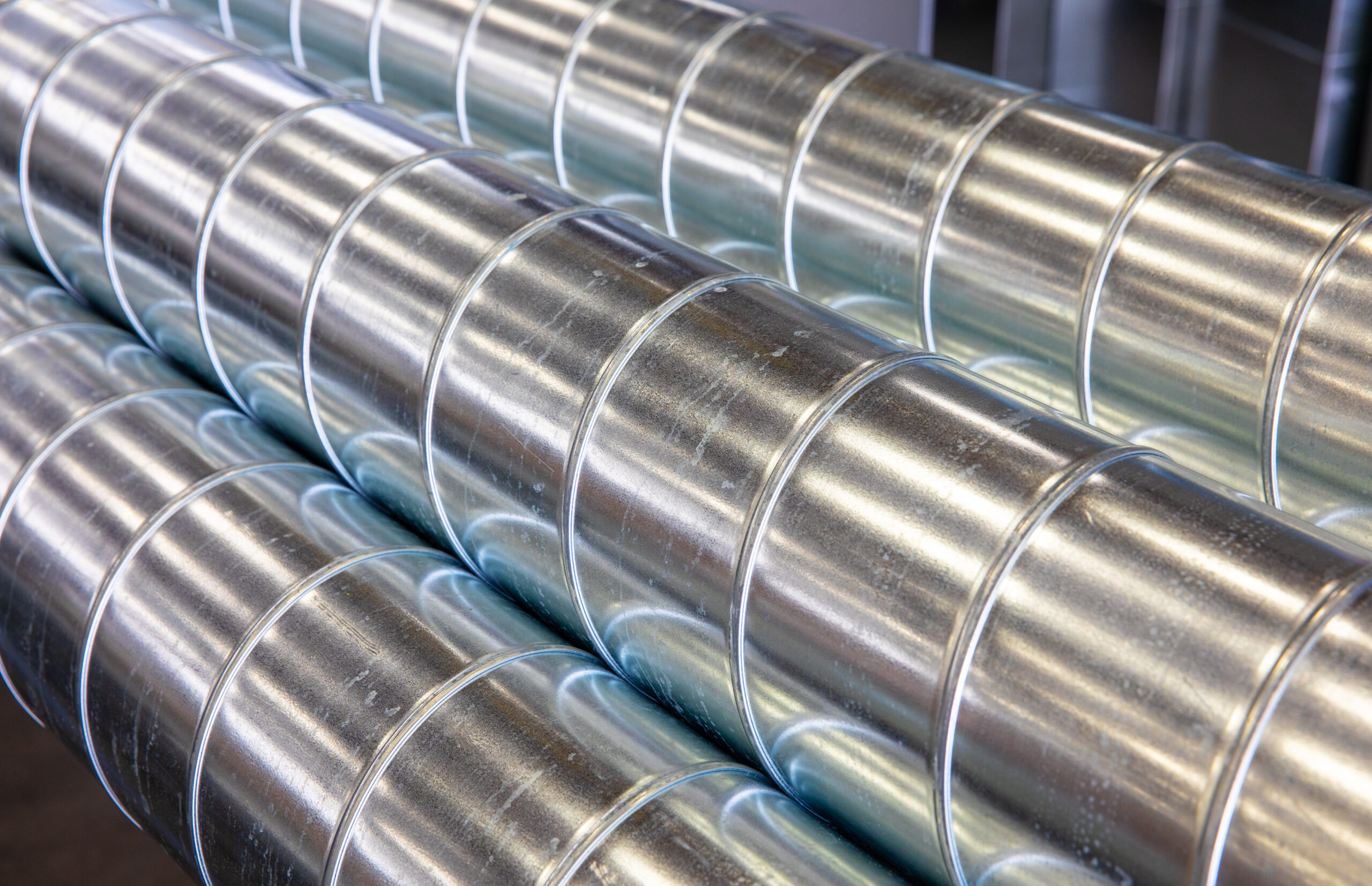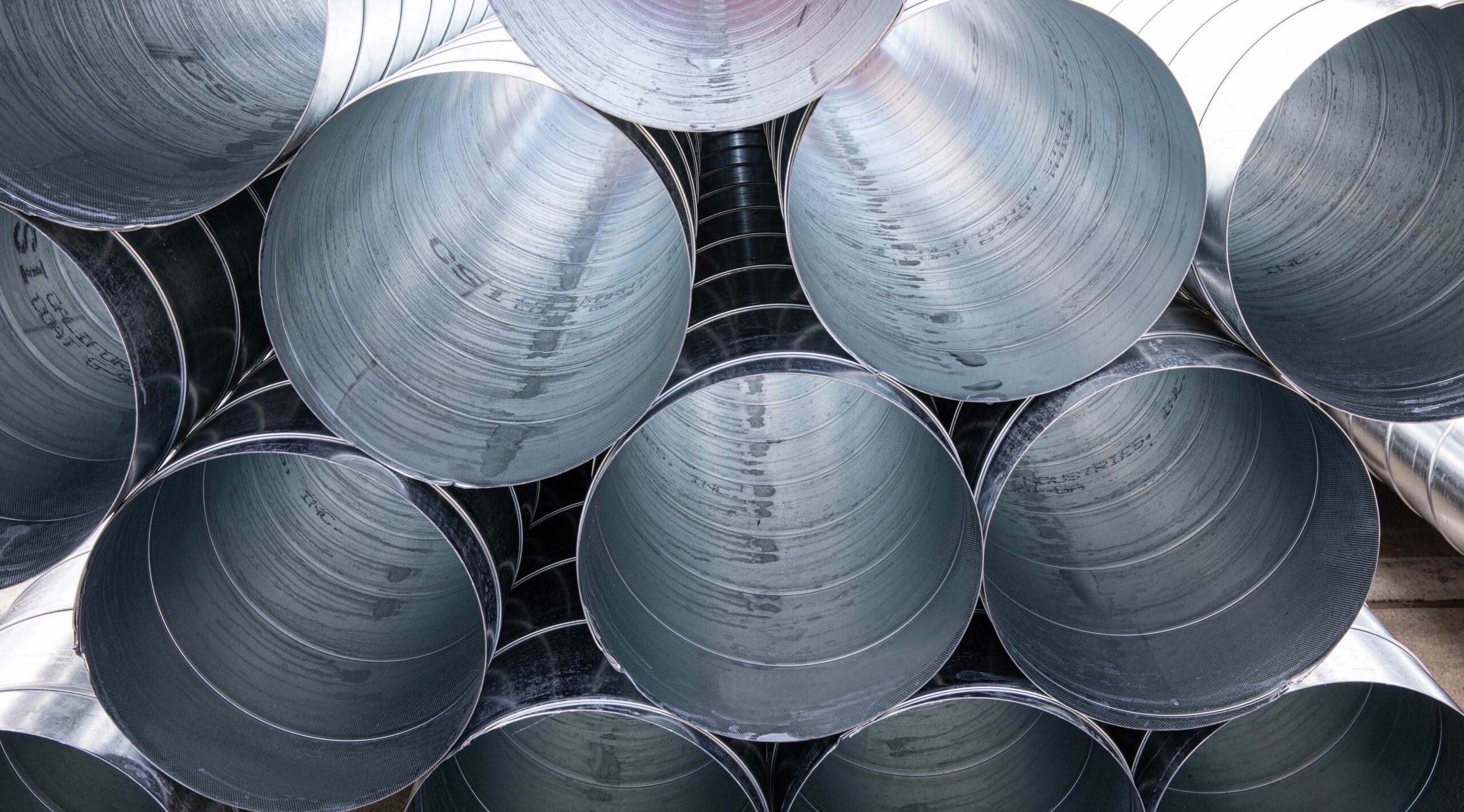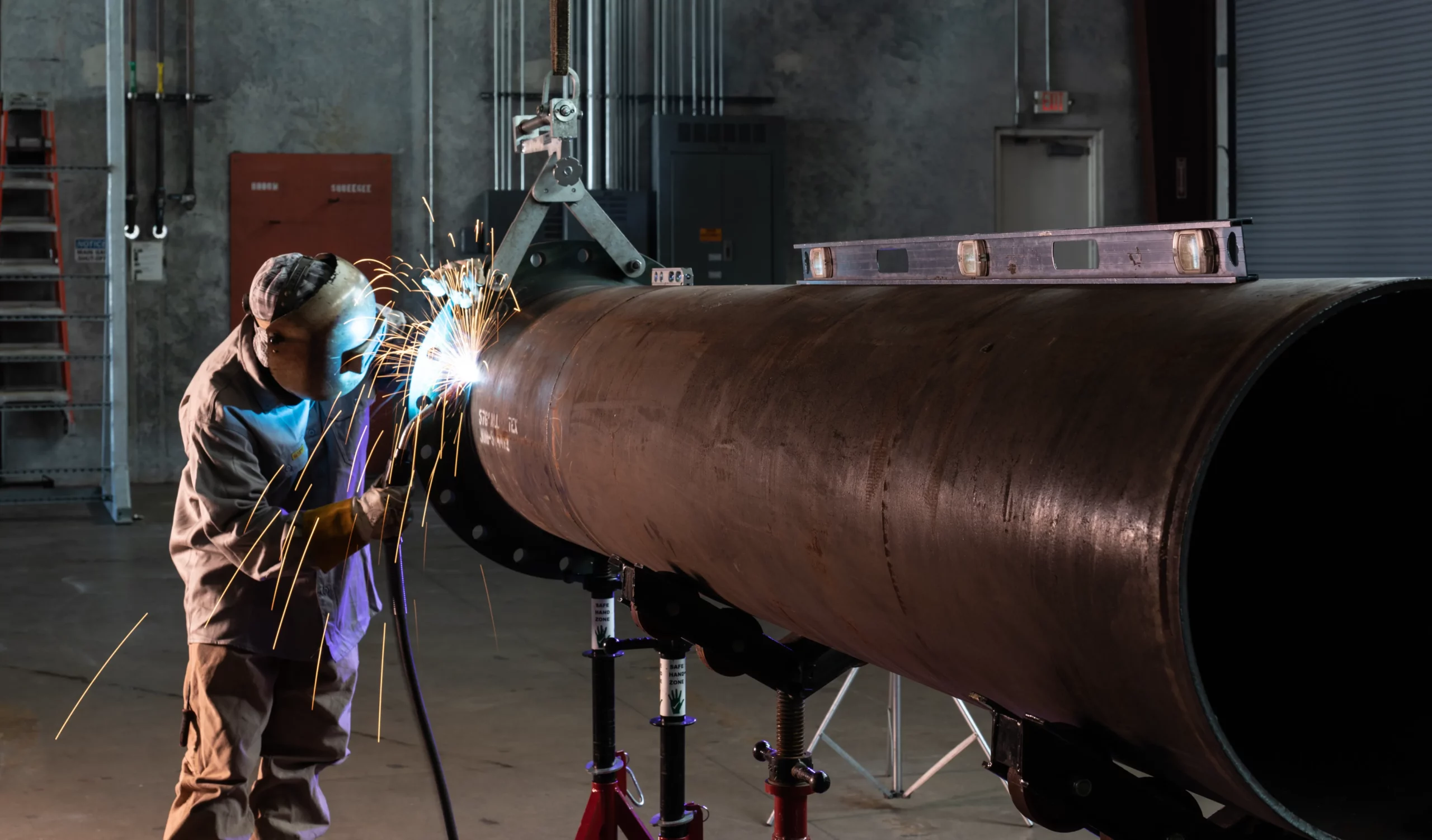Ductwork can be defined as an integrated system composed of metal components known as ducts where the air is transported through heating, ventilation, and air-conditioning (HVAC) equipment.
Without ductwork, your HVAC system would be unable to distribute conditioned air throughout a building, making it a critical component of any air conditioning system.
A ductwork system is typically composed of aluminum and galvanized steel ducts and is categorized into supply air ducts and return air ducts.
Ductwork is typically mounted to the top section of the building. However, in some cases, it can be placed underneath floor sections and inside walls.
Well fabricated ductwork systems can provide multiple cost-effective benefits. In order to have an efficient system, it is paramount that the design aspect of a space is adequately accounted for.
An incorrect design could harm the HVAC equipment, result in high energy costs, and create a hazardous environment due to the inability to provide an adequate exchange of filtered air.
Top Benefits of Having a High-Quality Ductwork System
- Energy Cost: a well-fabricated and properly installed ductwork system typically has an energy-efficient design and is adequately sized and insulated, allowing the system to operate without any strain; ultimately reducing the energy consumption.
- Air Quality: is improved when airflow efficiently circulates and travels through high-quality ductwork systems allowing a proper exchange of air while filtering germs, allergens, and dust particles.
Maintenance & Repair Cost: reduces maintenance repairs and eliminates unexpected repairs while prolonging the life of the HVAC equipment.




